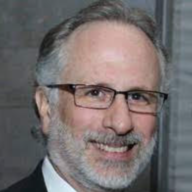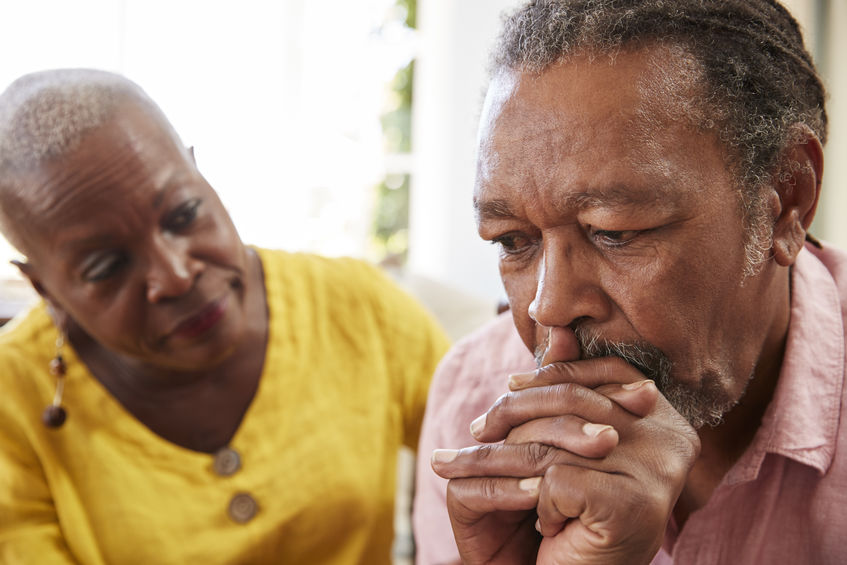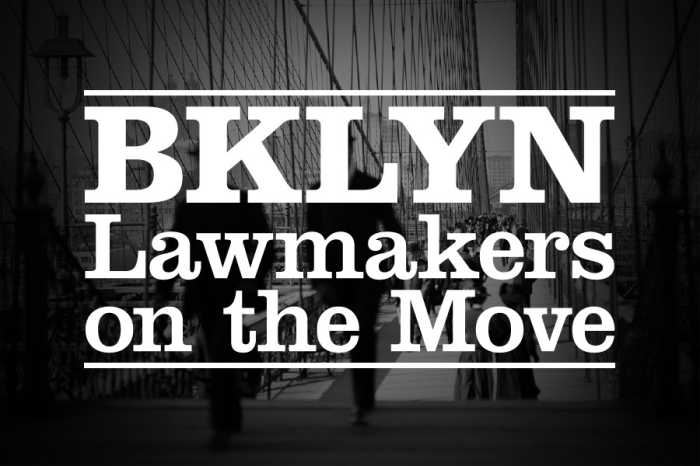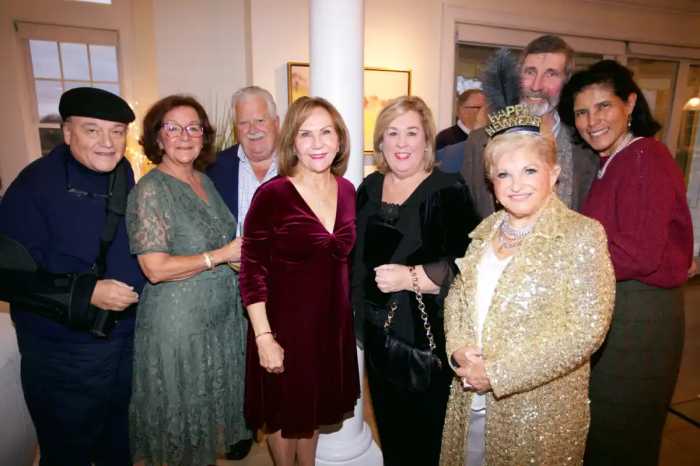
We’re now experiencing the second heat wave of the summer of 2022 and anyone who has heard an advisory in the last couple of days can recite by rote the warnings issued by meteorologists and health officials as we bake in the sweltering temperatures. But what is often overlooked is the vulnerability of our older neighbors. Staying engaged and connected is critical and can be lifesaving.
As many shed their masks, attend in-person events and witness sellout crowds at public venues, we fail to acknowledge that a substantial portion of our population remains cut off from society. More than two years into this pandemic, our older adult population remains among the forgotten, which is particularly dangerous during a heat wave. If you have an older neighbor, be sure to check in on their wellbeing, especially when there are unusually high temperatures.
Well before COVID-19, we knew social isolation and loneliness are public health crises that affect not just older adults but people of all ages–often with devastating physical and emotional health consequences.
Of the 50 million people over the age of 65, nearly ¼ are socially isolated. 43% of adults over the age of 60 report feeling lonely, while 64% of college students report feeling very lonely.
Governor Kathy Hochul deserves credit for allocating close to $3 million dollars to the New York State Department for the Aging to fund social isolation initiatives, as does Mayor Eric Adams for distributing 1,000 computer tablets to seniors, but these efforts barely scratch the surface of in terms of what New Yorkers can be doing to tackle these health crises.
As the head of DOROT, an organization dedicated to combatting social isolation and loneliness among older adults, I witness firsthand what is possible when people of different ages and backgrounds come together and create bonds of friendship and community. These interactions spark transformational relationships and experiences and break down social stereotypes. Social connection is the antidote to social isolation. For younger adults, these relationships offer hope.
On the surface, it’s common for younger people to ask, “What could I possibly have in common with someone 50 or 60 years older than me?” while the same question can be posed by an older adult. However, after only a few minutes of conversation, the imaginary walls we erect in our minds begin to crumble and commonality and bonds begin to form.
Many of the benefits are rooted in life experience. Today, younger people are being exposed to challenges that we as a society haven’t experienced in decades. A global pandemic, the so-called “Great Resignation,” a war entering its sixth month in Ukraine, record high inflation and supply shortages. Is it any wonder that children as young as eight are being screened for anxiety disorders?
Young people are struggling to find purpose and meaning. One of our clients, a woman in her 80s named Mel, put it best when she said, “I think the greatest gift an older person can give a younger person is for them to be able to look forward to their life.” When choosing who to share our struggles with, we primarily seek others who can relate to what it is we are experiencing. Older adults have experienced so much and have so much to give.
Now is the time to consider forming or reestablishing a bond with someone older – be it the relative you’ve lost contact with or the neighbor down the hall you say “good morning” to but know nothing about. It’s not only what you can do for them. It’s what they can do for you.
–Mark L. Meridy is the executive director of DOROT in New York City, a nonprofit organization addressing the challenges of an aging population









